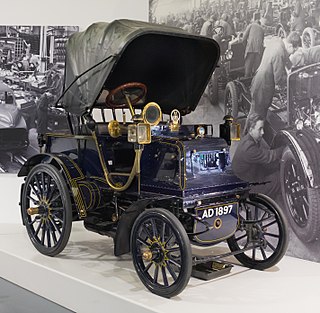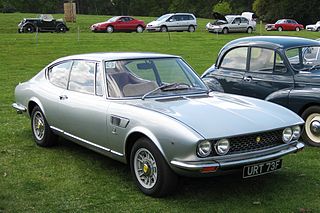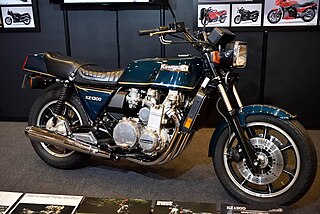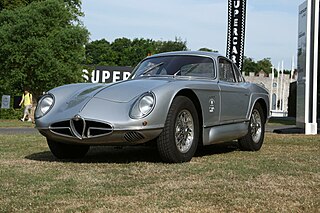The NSU Pipe 25/40 PS was a car intended for upper class customers, which NSU built in the years 1908 and 1909 under the license of the Belgian automobile manufacturer Pipe. This was the first - and for a long time only - six-cylinder model of the brand and the only car ever built by NSU for the upper class. [1]

NSU Motorenwerke AG, or NSU, was a German manufacturer of automobiles, motorcycles and pedal cycles, founded in 1873. Acquired by Volkswagen Group in 1969, VW merged NSU with Auto Union, creating Audi NSU Auto Union AG, ultimately Audi. The name NSU originated as an abbreviation of "Neckarsulm", the city where NSU was located.

Belgium, officially the Kingdom of Belgium, is a sovereign state in Western Europe. It is bordered by the Netherlands to the north, Germany to the east, Luxembourg to the southeast, France to the southwest, and the North Sea to the northwest. It covers an area of 30,688 km2 (11,849 sq mi) and has a population of more than 11.4 million. The capital and largest city is Brussels; other major cities are Antwerp, Ghent, Charleroi and Liège.
Pipe was a Belgian automobile manufacturer founded by the brothers Alfred and Victor Goldschmidt. The company was also known as Compagnie Belge de Construction Automobiles.
The water-cooled engine was a six-cylinder motor with a displacement of 6494 cm³ (bore × stroke = 105 × 125 mm), which produced 40 PS (29 kW) at 1100 rpm. The engine had magneto ignition, automatic central lubrication and overhead valves. [1] The power was transmitted to the rear wheels via a leather cone clutch, a three-speed gearbox with a right-hand shift mechanism and a chain. The wheelbase of the car was 3280 mm, the track was 1457 mm and the weight of the chassis was 1100 kg. The top speed was about 100 km / h. [1]
Internal combustion engine cooling uses either air or liquid to remove the waste heat from an internal combustion engine. For small or special purpose engines, cooling using air from the atmosphere makes for a lightweight and relatively simple system. Watercraft can use water directly from the surrounding environment to cool their engines. For water-cooled engines on aircraft and surface vehicles, waste heat is transferred from a closed loop of water pumped through the engine to the surrounding atmosphere by a radiator.

A cylinder is the central working part of a reciprocating engine or pump, the space in which a piston travels. Multiple cylinders are commonly arranged side by side in a bank, or engine block, which is typically cast from aluminum or cast iron before receiving precision machine work. Cylinders may be sleeved or sleeveless. A sleeveless engine may also be referred to as a "parent-bore engine".

An ignition magneto, or high tension magneto, is a magneto that provides current for the ignition system of a spark-ignition engine, such as a petrol engine. It produces pulses of high voltage for the spark plugs. The older term tension means voltage.
The cars were only produced as a double double phaeton. In 1909, its production was discontinued without a successor. [1]

A phaeton is a style of open automobile without any fixed weather protection, which was popular from the 1900s until the 1930s. It is an automotive equivalent of the horse-drawn fast, lightweight phaeton carriage.














